Baseball History Comes Alive Now Ranked #2 by Feedspot Among All Internet Baseball History Websites and Blogs!
Guest Submissions from Our Readers Always Welcome!
Scroll Down to Read Today’s Essay
Subscribe to Baseball History Comes Alive for automatic updates. As a Free Bonus, you’ll get instant access to my Special Report: Gary’s Handy Dandy World Series Reference Guide!
Josh Gibson Photo Gallery
Click on any image below to see photos in full size and to start Photo Gallery:
Let’s Remember the Great Josh Gibson
I played with Willie Mays and against Hank Aaron. They were tremendous players, but they were no Josh Gibson. – Hall of Famer Monte Irvin
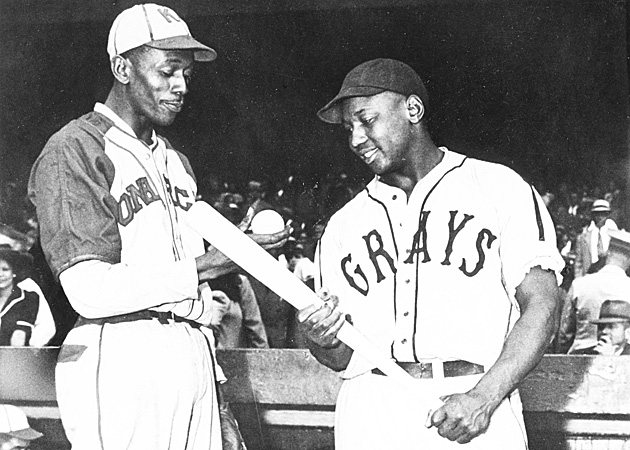
Amidst our celebrations today as we usher in a new, and hopefully a better, New Year, I think it’s an appropriate time to remember one of baseball’s all-time greats by recalling a rather sad event in his short life that occurred on this date 80 years ago, January 1, 1943. I found this on the National Pastime, This Day in Baseball History website:
“Josh Gibson, known as the ‘Black Babe Ruth,’ is admitted to St. Francis Hospital for a brief time after suffering a mental breakdown…The power-hitting catcher is diagnosed with a brain tumor but elects not to have it removed, and as a consequence, suffers from headaches until his death in 1947 at the age of 35 years old.”
One of baseball’s most tragic figures, Josh Gibson was unquestionably the greatest power hitter in Negro League history, perhaps of all time. Adding to the mystique of his spectacular power numbers is that he achieved his success while playing most of his career in two of baseball’s most cavernous ballparks, Forbes Field and Griffith Stadium. Known for his smooth, compact swing, Josh was able to hit for both average and power. His mammoth home runs are the stuff of baseball legend.
(Check out my interview a couple years ago with Josh Gibson’s great-grandson Sean Gibson)
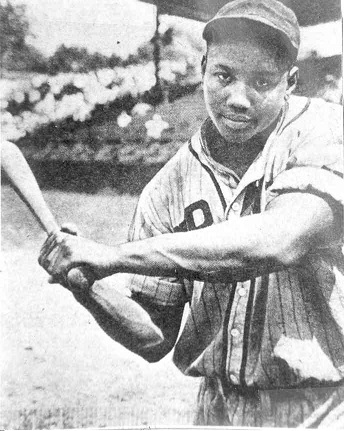
As did many Negro League stars, Josh played for numerous teams over his career: The Homestead Grays from 1930-1931, and the Pittsburgh Crawfords from 1932-1936. He returned to the Grays from 1937-1939, and 1942-1946. In 1937, he played for Ciudad Trujillo in the Dominican League, and from 1940-1941, he played in the Mexican League for Azules de Veracruz. Josh was the first black manager of the Cangrejeros de Santurce, one of the most historic franchises of the Puerto Rico Baseball League.
Satchel Paige once named Gibson as the greatest hitter who ever lived. Reading his statistics and the accounts of those who played with him, it’s hard to dispute Satchel’s assessment. Although statistics from the Negro Leagues are always somewhat sketchy, in various research publications, the 6’1″, 215-lb. catcher has been credited with as many as 84 homers in one season. His Hall of Fame plaque states he hit “almost 800” homers in his 14-year career.
Josh Gibson’s lifetime batting average against all competition was higher than .350, with one book putting it at .384, the best in Negro League history. In recorded at-bats against major league pitching, Josh hit .426. He also won nine home-run titles and four batting championships. In two seasons in the late 1930s, he reportedly hit higher than .400 with a slugging average above 1.000. His career Negro League 214 OPS+ mark places him among baseball’s all-time greats and ranks him more than twice as good as the average Negro League p[ayer.
Although a mediocre defensive catcher early in his career, he steadily improved. Teammate Cool Papa Bell said Gibson was a good defensive catcher, with a strong arm. His only weakness was difficulty with pop fouls.
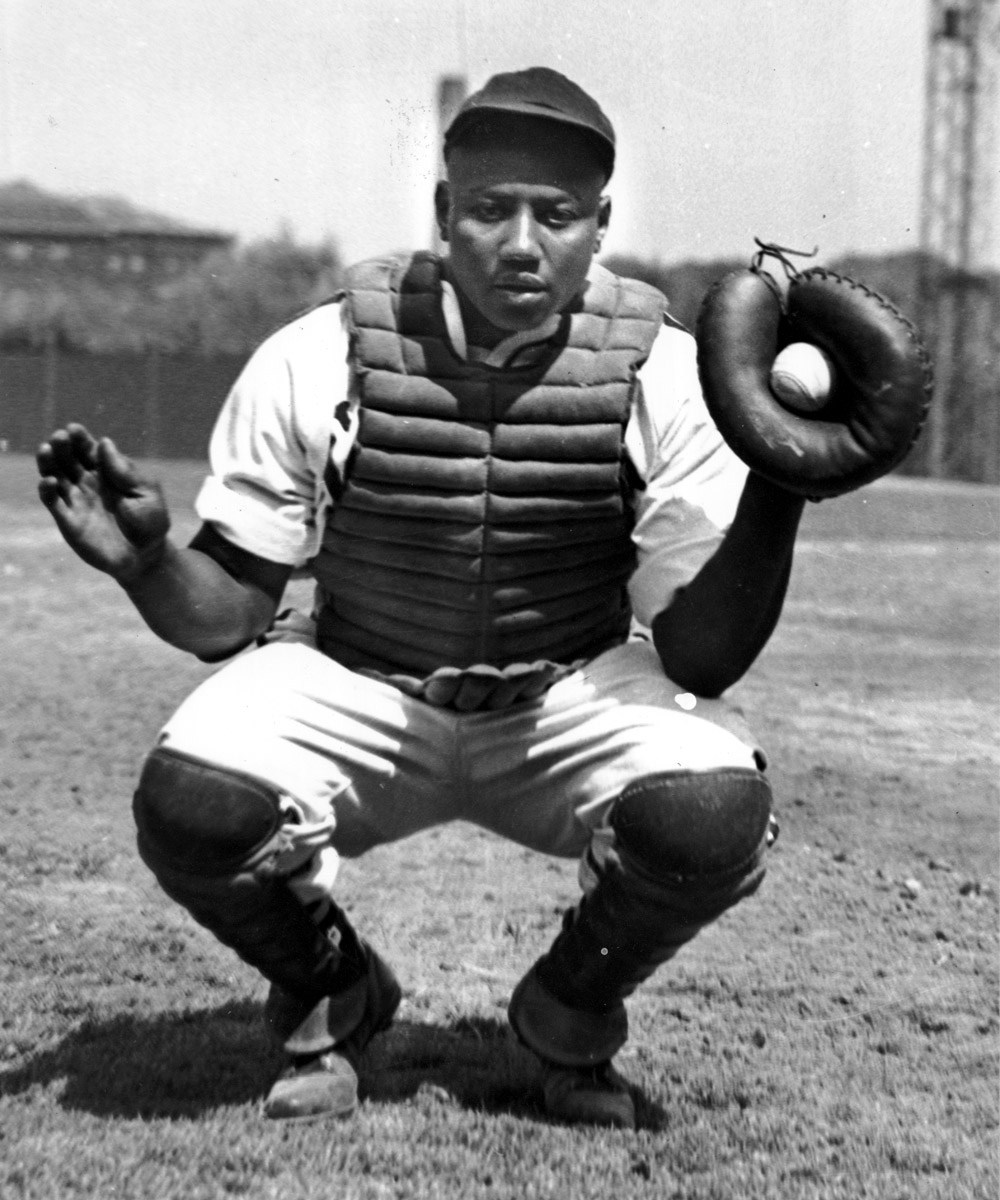
In early 1943, Gibson mysteriously fell into a coma and was diagnosed with a brain tumor. As mentioned above, he lived the next four years with recurring headaches. Gibson was hospitalized the following year for mental observation. Despite the headaches and a growing drinking problem, he continued to tear apart the Negro League, winning two more batting crowns and three more home run titles over the next four seasons. He died after suffering a stroke in Pittsburgh in 1947 at age 35, tragically just three months before Jackie Robinson broke the color barrier.
Larry Doby once paid him the highest tribute:
“One of the things that was disappointing and disheartening to a lot of the black players at the time was that Jackie Robinson – although a great player – was not the best player. The best was Josh Gibson. I think that’s one of the reasons why Josh died so early – he was heartbroken.”
That assessment was shared by Buck O’Neil who once said Josh had the power of Babe Ruth and the hitting ability of Ted Williams. You can’t get a higher compliment than that!
In 1972, Major League Baseball recognized Gibson’s accomplishments as he and Buck Leonard were inducted into the Baseball Hall of Fame. Today, as we welcome in the New Year, we’re happy to celebrate the life of one of baseball’s all-time greats, Josh Gibson.
Gary Livacari
Photo Credits: The George Brace Baseball Collection; The Leslie Jones Baseball Collection; Public Domain.
Information: Excerpts and edited from the Josh Gibson Wikipedia page
Subscribe to our website, “Baseball History Comes Alive!” with over 1200 fully categorized baseball essays and photo galleries, now closing in on the one million hits mark with 910K hits and over 750 subscribers: www.baseballhistorycomesalive.com
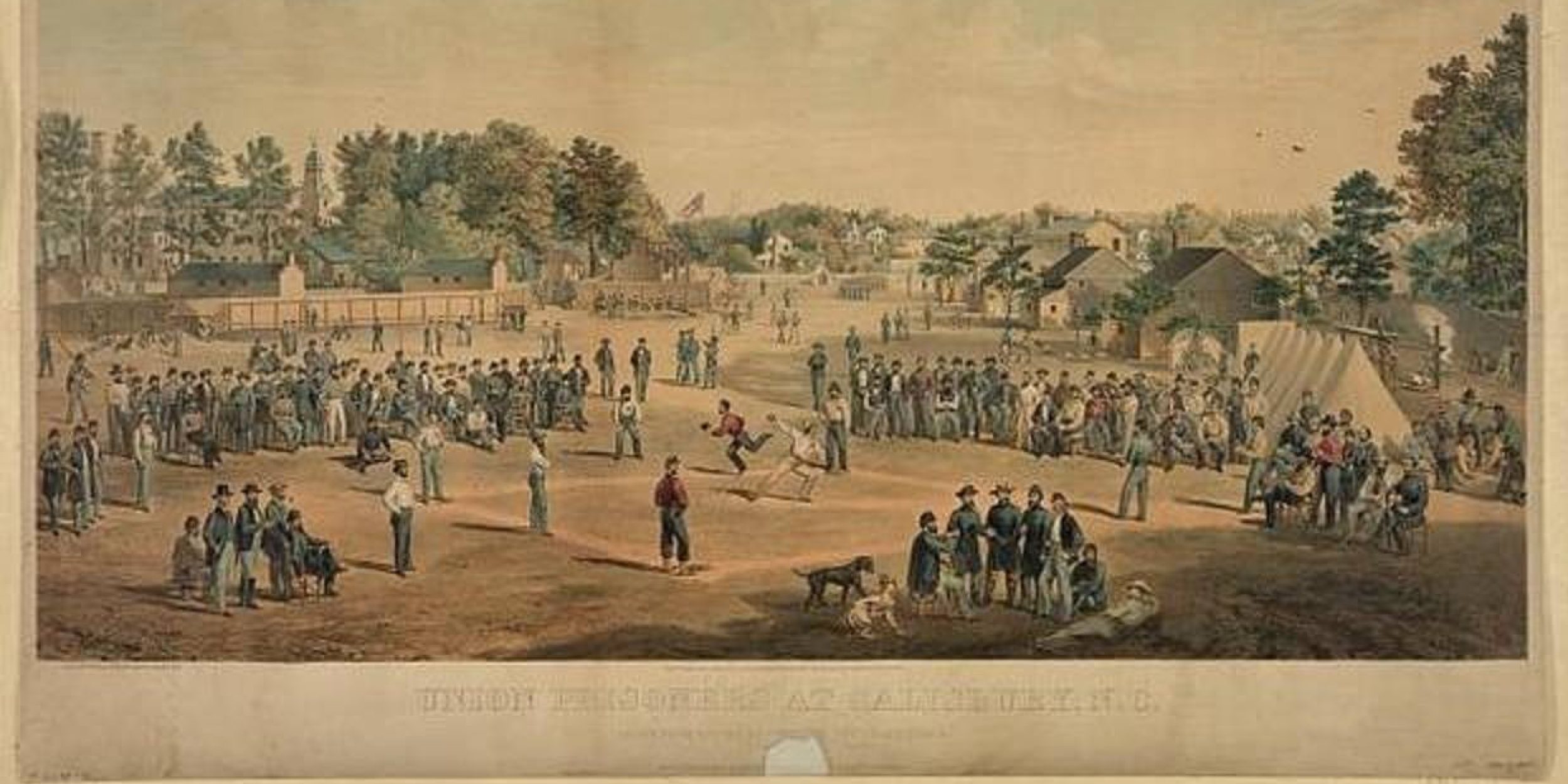
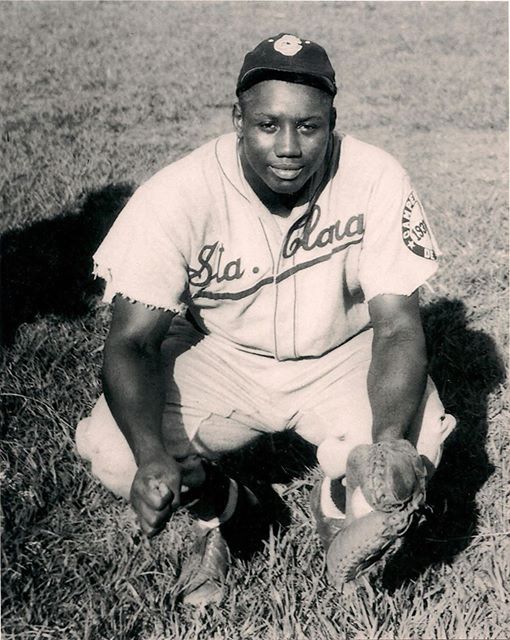
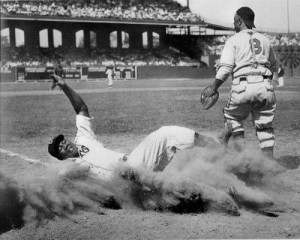
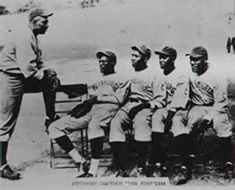
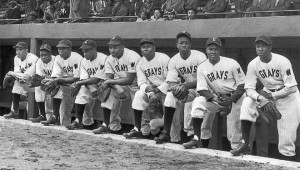
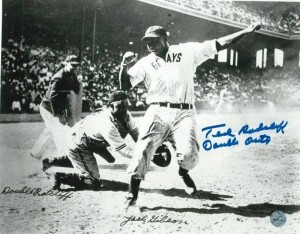
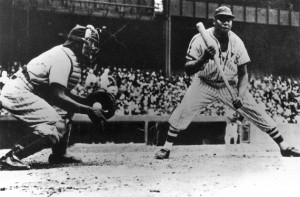
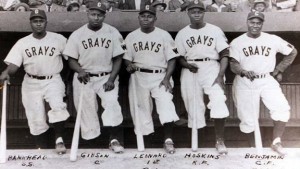
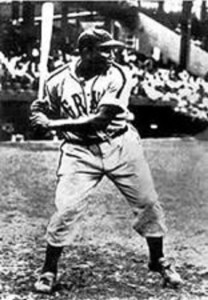
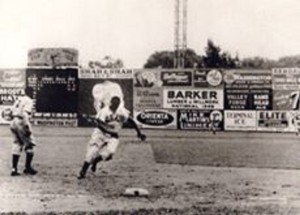
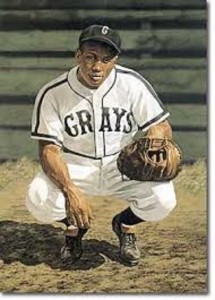
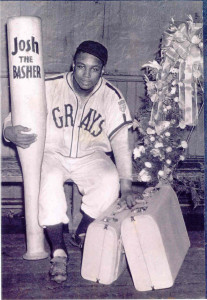
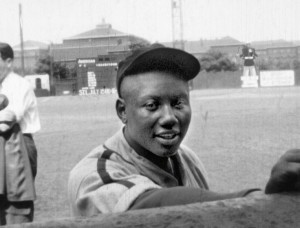
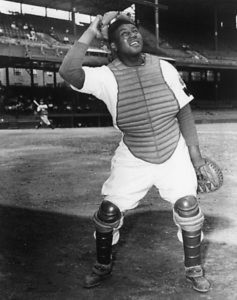
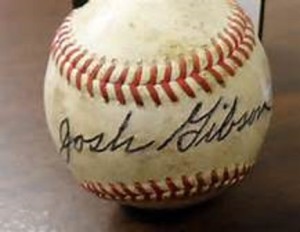
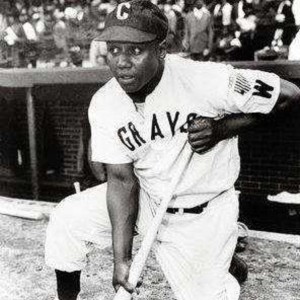
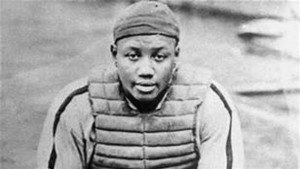
Hey Gary:
Good grief! What a tregedy. I became a fan in ’47, so, although I’d heard of Josh Gibson, I knew little to nothing about him. Thanks, Gary, for catching me up on this dynamite player.
Sincerely,
Joan
Sure thing Joan…Happy New Year!
My first off season as a fan was Spring of 1959 and in reading an interview with Roy Campanella, I learned about Josh Gibson. Campy once made a Negro League all-star team but played third. “Josh caught.”
Wow! This essay took off on my Old-Time Baseball Photos Facebook page, with over 300 comment, 6.2K likes, 2.1K shares, and reached almost 300,000 readers so far! You never know what’s going to connect with people. Responces like this sort of make my humble efforts to preserve baseball history all worthwhile!
Gary,
Others who played with or against Gibson also said he was the greatest. The color barrier was an American tragedy and deprived countless baseball fans the joy of watching one of the all-time great players.
Thanks for the fine tribute and Happy 2023!
Best, Bill
Thanks a lot Bill…same to you!